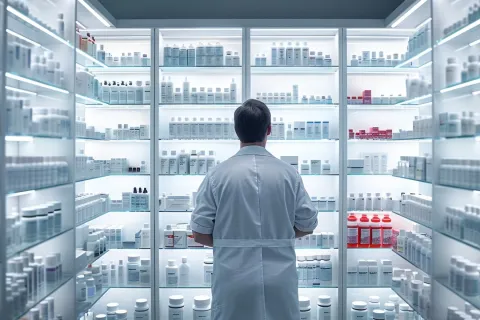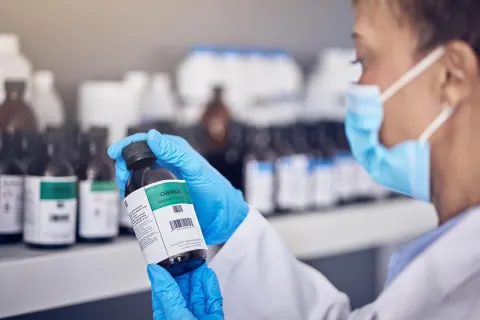
To promote global convergence among the Health Authorities and encourage the Member States to strengthen their Regulatory system on Cell and Gene Therapy products regulations, the WHO (World Health Organization) proposed a risk-based framework for regulating Cell and Gene Therapy Products (CGTPs). The WHO white paper outlines the fundamental principles that are important for providing adequate Regulatory oversight for different types of CGTPs and should be reviewed in that context. Let’s decode them.
WHO Considerations
The Regulatory framework should be based on scientific and ethical principles, and a comprehensive evaluation of risks vs benefits for the different categories of CGTPs. For low-risk Human Cells and Tissues (HCTs), the regulations must concentrate on controlling possible contaminations and disease transmission, whereas the Regulatory expectations for Advanced Therapy Medical Products (ATMPs) are higher in order to address the risks of highly manipulated products. The key elements of this framework include:
- Clear definition of the categories of products that constitute CGTPs.
- Risk stratification of the products defined as CGTPs.
- Aligning the level of Regulatory control, based on the different risk categories.
- Consideration of the maturity level, expertise, and resources of the Regulatory Authority for providing oversight of CGTPs in the different risk categories.
The document is the first step in responding to the 2018 ICDRA (International Conference of Drug Regulatory Authorities) recommendation and outlines the priorities and next steps, as identified by regulators from both developed and developing countries, for advancing global convergence on the regulation of CGTPs, including ATMPs. The priorities are to:
- Clearly describe what the CGTPs are, describe how the subsets of HCTs and ATMPs are defined from this larger class, and provide definitions of key terminology relevant in this area.
- Summarize the existing state of ATMPs that are approved or under development, including examples of challenges in the development and where solutions have been identified. These examples should cover non-clinical development, clinical development, and product manufacturing and quality.
- Provide the key elements of a Regulatory framework that supports the safety and effectiveness of CGTPs including suggested Regulatory controls for different risk categories of products. The products cover key elements for adequate oversight spanning the entire product lifecycle from the investigational phase through post-market surveillance.
- Develop a proposal for how the Regulatory framework for the risk categories could be implemented in countries with different levels of Regulatory maturity.
Different Frameworks for HCTs and ATMPs
As per the document, the WHO proposes different Regulatory classifications for HCTs and ATMPs. HCTs are minimally manipulated or intended for homologous use when compared to ATMPs, which are derived from human or animal cells and involve more extensive manipulation. Therefore, ATMPs require more comprehensive regulation and demonstration of safety and efficacy, along with:
- More stringent manufacturing and quality controls, including process changes and comparability assessments, for clinical trials and commercial production under Good Manufacturing Practice (GMP).
- Non-clinical studies to generate pharmacodynamic (PD), pharmacokinetic (PK), biodistribution and safety data for the products to ensure the risks are known and mitigated before human exposure (Good Laboratory Practice (GLP) required for pivotal safety studies).
- Clinical studies with proper design and control to collect robust and reliable safety and efficacy data for the products and long-term follow-up of the patients (Good Clinical Practice, (GCP) required for conducting the studies).
It is hopeful that, through various initiatives for Regulatory reliance regionally and internationally, the Regulatory convergence will ultimately lead to Regulatory harmonization. Aligning with these Regulatory requirements for HCTs and ATMPs would benefit public health by making potentially transformative, safe, and efficacious medical products available for unmet medical needs. Would you like to know more about the WHO considerations for regulating CGTPs? Contact Freyr – a trusted Regulatory partner for a decade. Stay informed. Stay compliant.









